Life of Bryant: Killer’s bizarre existence before he murdered 35 in Port Arthur massacre
Australia’s worst mass murderer led a bizarre life, carrying out the Port Arthur massacre to secure his name in infamy 25 years ago.
A quarter of a century ago in the first month of the autumn season, Tasmania’s historic Port Arthur was still best known as a tourist destination.
The old pink sandstone ruins with their eerie atmosphere had long been a magnet for visitors keen to see the convict “horrors” of the old penal colony which had closed in 1877.
Conservation work by the Tasmanian Government since the late 1980s had preserved the site as it was upgraded to facilitate the island’s burgeoning tourism trade.
In that month of March in 1996, a 28-year-old Hobart man named Martin Bryant was regularly driving by the site on his way to go rock lobster fishing.
Bryant had been submerging himself in the cool waters of Carnarvon Bay since his childhood, when he dived with a speargun in the company of his late father, Maurice.
It was said to be one activity which calmed Bryant who harboured violent interests and obsessions, had a bizarre past and was secretly planning something diabolical.
During that rock lobster season which had begun in November the year before, it is believed Bryant was visiting the spot weekly to dive.
But the cool waters would do nothing to quell his violent intentions, which a forensic psychiatrist would claim was an ultimately selfish act of revenge against the world.
Bryant was a solitary figure who had found it almost impossible to make friends, and difficult to keep a girlfriend.
His social isolation had expanded since the never-fully explained deaths of his father three years earlier, and Helen Harvey, a 59-year-old heiress with whom he had formed a bond.

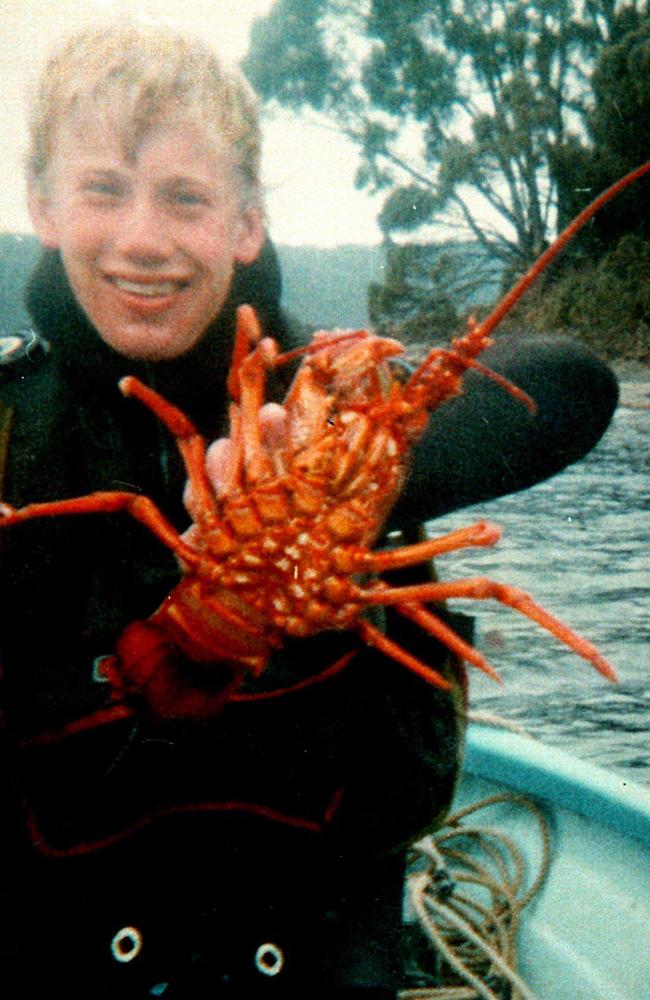
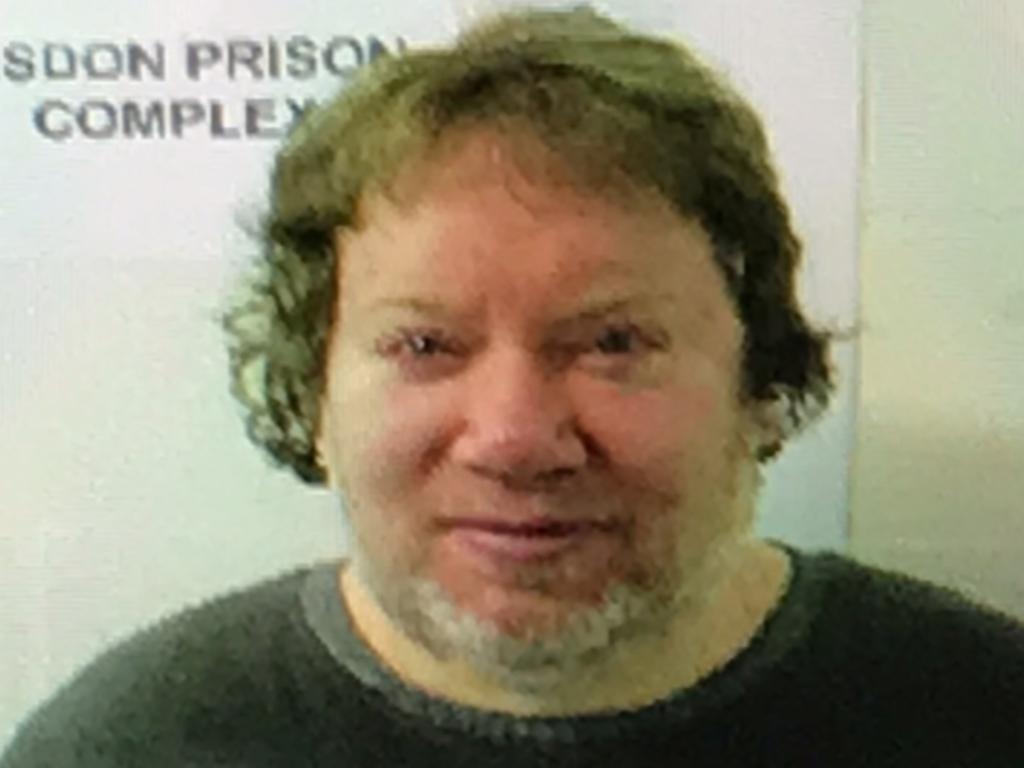
In an afternoon of unparalleled carnage, Bryant would gun down children, women and men at the Port Arthur historic site and beyond, his victims ranging in age from three to 72.
The young Tasmanian would go from being a local misfit to securing his name in infamy as – at the time – perpetrator of the world’s worst massacre by a lone gunman.
At the beginning of March 1996 that was still more than eight weeks away, but his rage was building.
A psychiatrist would later say it was Bryant’s ultimate attempt to regain control by doing what he had done since childhood, taking delight and excitement in tormenting and hurting others.
TORMENTED CHILDHOOD
By the age of 28, Martin Bryant had money, property, dressed up like a country squire, and had spent several years flying around the world boasting to anyone who would listen about his riches.
In reality, he was an intellectually disabled loner largely shunned by society who had inherited from a woman who – according to speculation at the time – he likely killed, and from his father who he probably drowned.
After the massacre, both cases were looked into and were still deemed accidents.
As an adult, he could give the outward impression of a normal young man, but he was sexually predatory towards underage girls and had an interest in sex with animals.
Bryant was the elder of the two children of Maurice, a waterside worker, and Carleen, a homemaker, who lived in The Tasmanian capital of Hobart.
He was born on May 7, 1967, with a birth notice describing him as a “bouncing boy”.


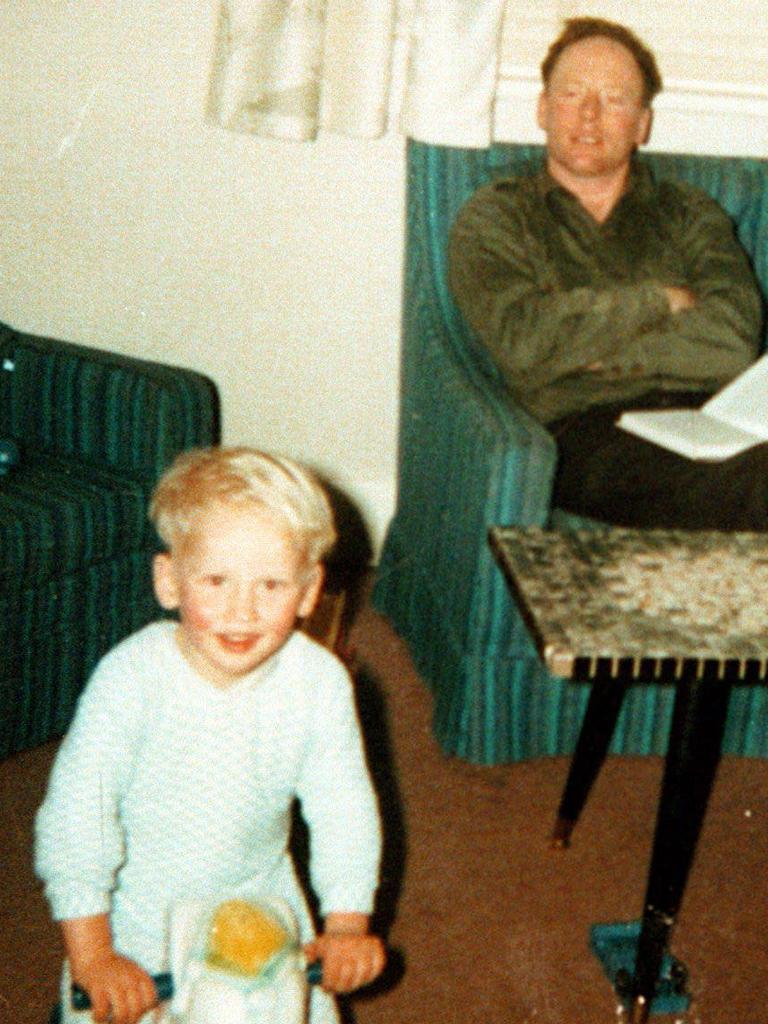

But Bryant’s abnormalities would soon be evident, with him being slow to develop speech.
He had difficulties relating to other children and was often aggressive and disruptive in their company.
He was bullied and feared the school ground where Bryant would later tell forensic psychiatrist, Professor Paul Mullen “no one wanted to be my friend”.
He grew up in the Hobart suburb of New Town, where he attended the local primary and high schools.
The Bryant family would spend weekends at their Carnarvon Bay holiday house near Port Arthur where they mixed with local families.
As a child, Bryant tortured and killed animals and tormented his younger sister.
Given an air rifle by father Maurice, Bryant would shoot birds and watch them drop to the ground, only to approach the birds again and pump more slugs into their bodies.
The other kids dubbed him “silly Martin, no sense, no feeling” for his blank expression and inability to communicate with his peers.
If he wasn’t carrying his rifle, it was his other most treasured possession, his speargun.
Around the age of 12, Martin Bryant featured on the nightly news after he set himself on fire.
Asked by a news reporter if he would do it again, a vacant-looking Bryant replied he would.
Bryant was assessed and was found to be possibly schizophrenic, and with a fascination with fire.
He had an IQ of just 68 and an intellectual functioning capacity of a much younger child.
At school in Hobart, a teacher remembered Bryant as a kid unwilling to relate to the other boys, except to swear at them, flail his arms or throw a punch.


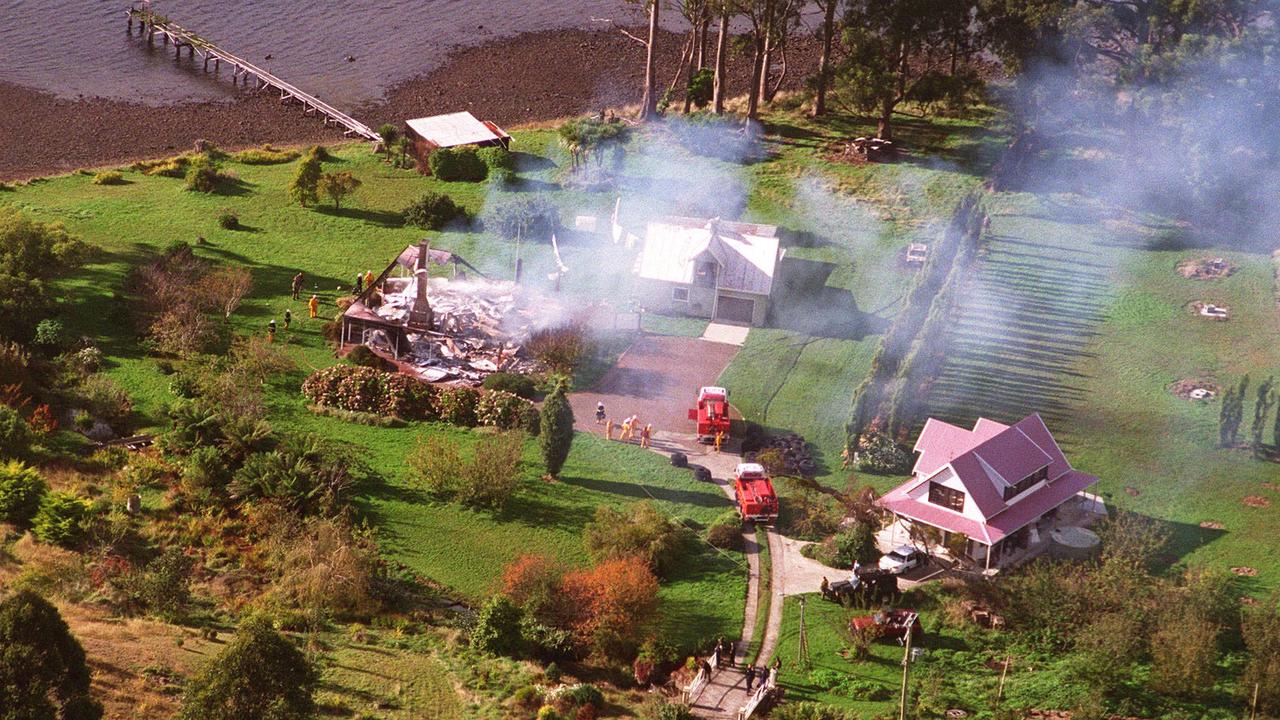
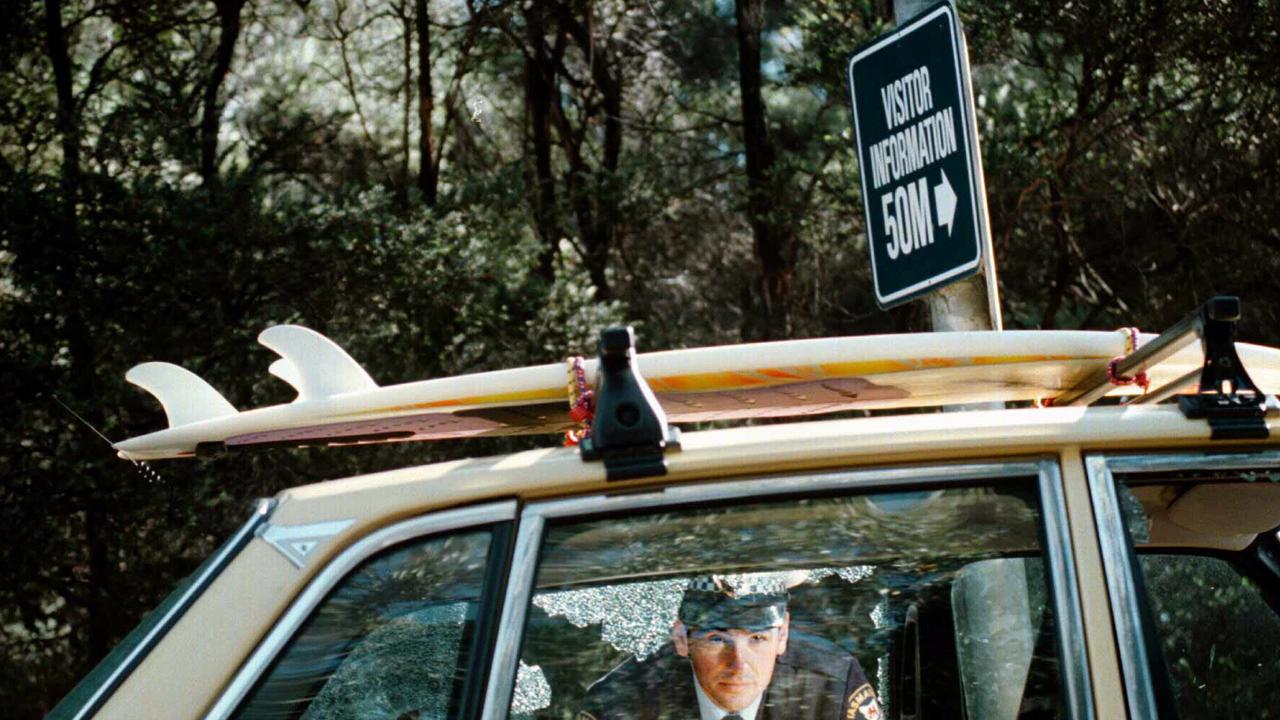
‘THE SHADOW’
Woodwork and art were the only subjects he could manage with any competency.
The other boys nicknamed him “The Shadow” because he would suddenly and silently appear alongside them in the classroom or the yard.
If he perceived a particular boy had slighted him, he would fix them with an angry glare.
A teacher would later say they had wondered if “there was a deep-seated resentment building up” to be used at a later time.
At Carnarvon Bay, the other kids also witnessed Bryant’s aggression, like the time he pushed over a kid in the street, or pulled off the snorkel of a boy in the water.
Even back then he was obsessed with one-upmanship, claiming his father’s car or house was bigger or better than the others’.
Sometimes he would accompany kids fishing, riding bikes, or wandering around “the park” – the Port Arthur historic site – but they were wary of his ability to lash out at any moment.
Bryant would walk his family’s two dogs among the ruins and the surrounding bush.
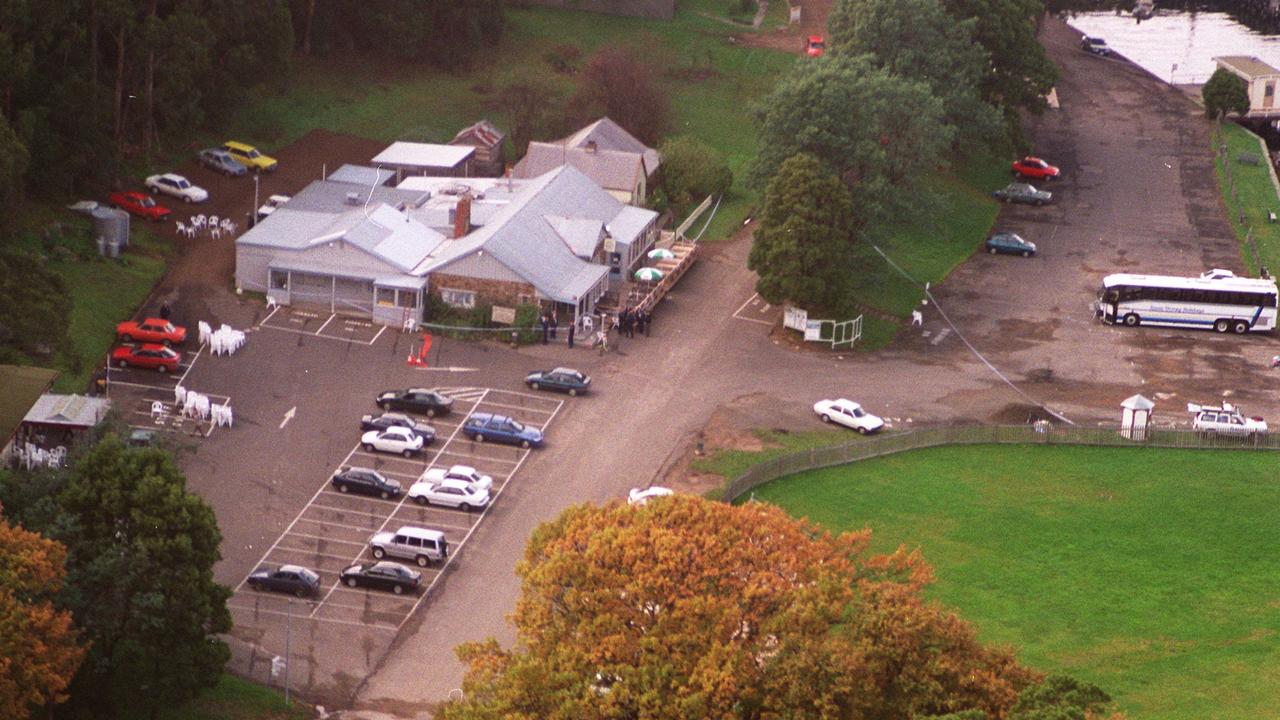

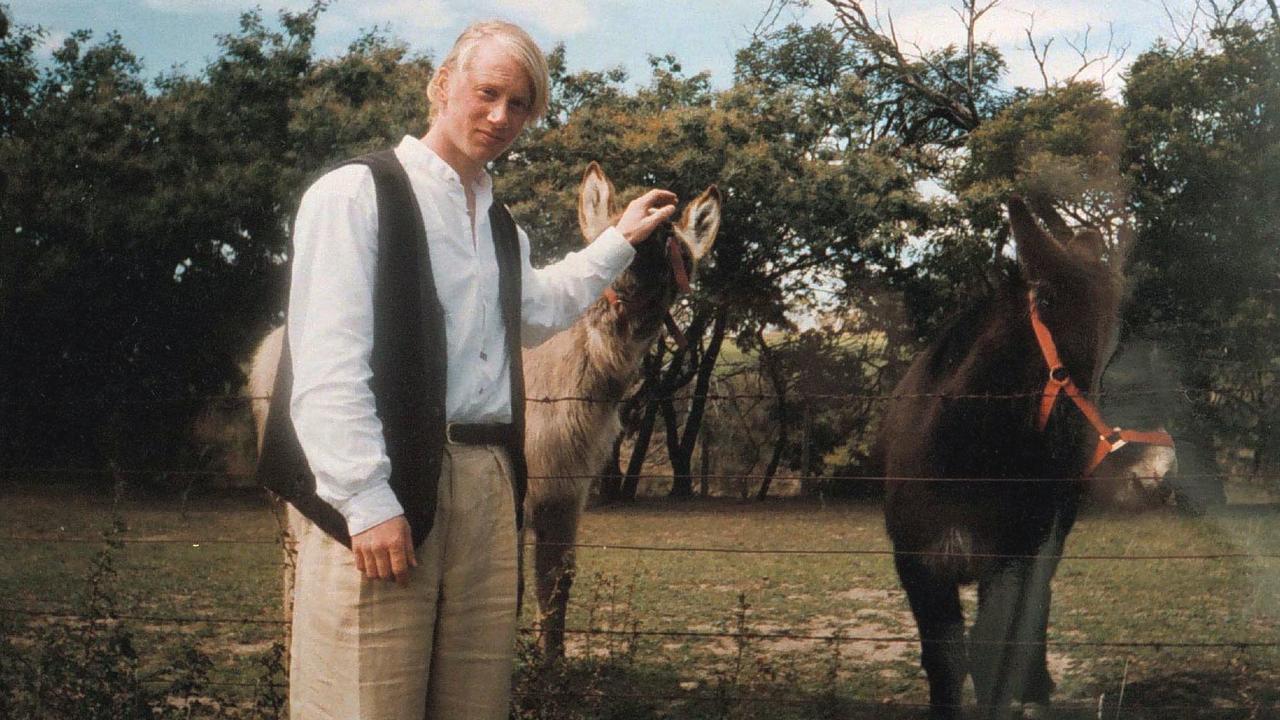
Later on, the other kids and his sister would earn money working at the Broad Arrow Cafe at Port Arthur in their school holidays, but never Bryant.
According to neighbours, Bryant was “always in strife at the Broad Arrow cafe”. “He was a nuisance there,” they said.
He fired his air rifle at tourists’ cars attending the site and spat at visitors as they walked around, staring at them with his ice-blue eyes.
In 1983, aged 16, Bryant left New Town High School after completing year 10 in the special education unit.
He had few prospects, but with his father’s encouragement, he started doing gardening jobs and selling vegetables door-to-door.
Bryant liked to chat and to his customers, he appeared harmless.
THE ECCENTRIC HEIRESS
Around 1988, he met Helen Harvey, an eccentric spinster and heiress, when she advertised for gardening work at her large rambling house at 30 Clare Street, New Town.
Miss Harvey was a beneficiary in the will of the Tattersall’s lottery founder, George Adams, and lived with more than 20 dogs and 20 cats at the house which had an untidy garden.
Soon Bryant was helping Miss Harvey with her shopping and travelling in one of her large collection of cars.
In 1991, she bought a farm at Copping, halfway between Hobart and Port Arthur and moved in with Bryant, her animals and some newly acquired miniature horses and pigs.
Bryant reportedly had a favourite pig that he slept with and which reportedly soiled his bedroom so badly, Miss Harvey had to replace the carpet in it three times.
She lavished funds on Bryant, who bought smart clothes and patrolled the property with a rifle, firing off shots in the middle of the night.
Bryant threatened to shoot the neighbours and confessed to them he had thought of killing Miss Harvey to speed up his inheritance.

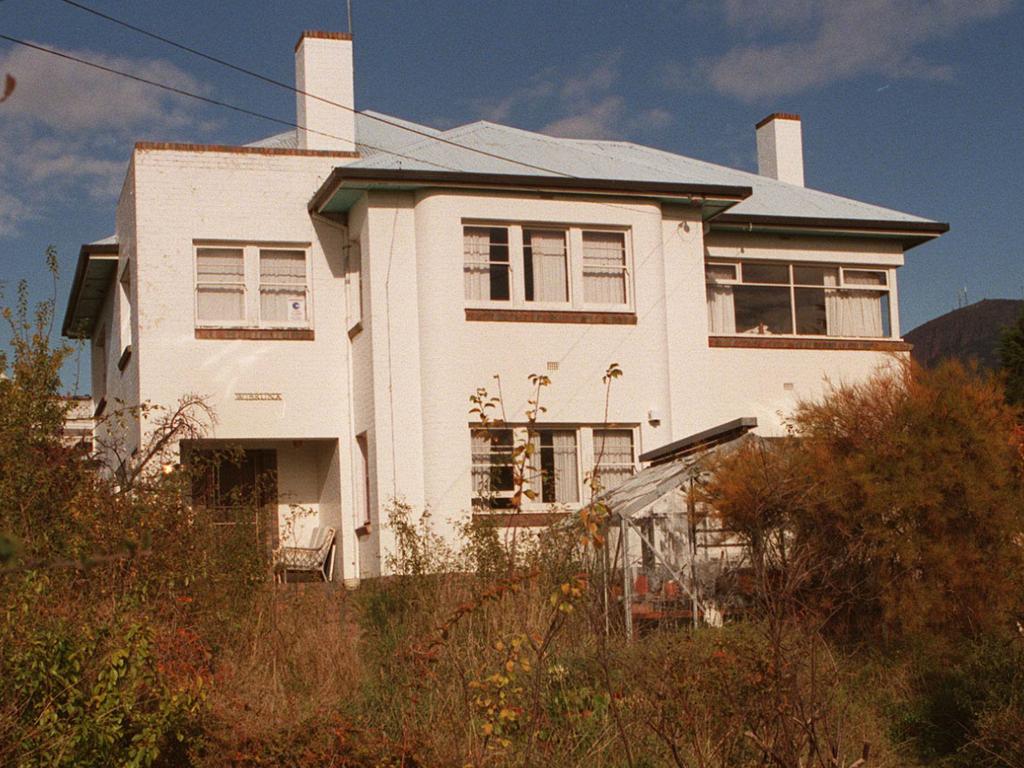

The pair would go out driving with a miniature horse in the back seat, visiting; Bryant began to wear a Panama hat and speak with an English accent.
Miss Harvey was always pulling out a purse bursting with money.
Miss Harvey told her neighbours that sometimes when she drove with Bryant in the passenger seat, he would grab the steering wheel.
One ute had been totalled this way, and two other vehicles had crashed into embankments and for this reason, she said, she never drove faster than at 30km/h.
In October 1992, Miss Harvey was killed near the Copping farm in a collision with another car. Paramedics pulled Bryant from the wreckage.
That night, Bryant’s father Maurice, with whom he had a strained relationship, arrived at the farm.
BODY IN A DAM
Bryant was hospitalised for months with neck and back injuries and, meanwhile, Maurice sold off the farm animals, taking over” until his son was eventually discharged from hospital.
In her will, Miss Harvey had left part of her estate of several hundred thousand dollars and three properties to “my dear friend Martin Bryant”.
A neighbour in Copping would later say that following Miss Harvey’s death Bryant was more than once ejected from a bus for behaving inappropriately towards schoolgirls.
“He used to try to fondle them,” the neighbour said.
He was asked to stop hanging around a private Catholic school and trying to speak with the girls.
Within a few months of his son return from hospital, in August 1993, Maurice went missing at the Copping farm.
A note was seen on a door at the farm, saying “call the police”.
When they arrived, Martin Bryant was trimming the grass with a lawn clipper.
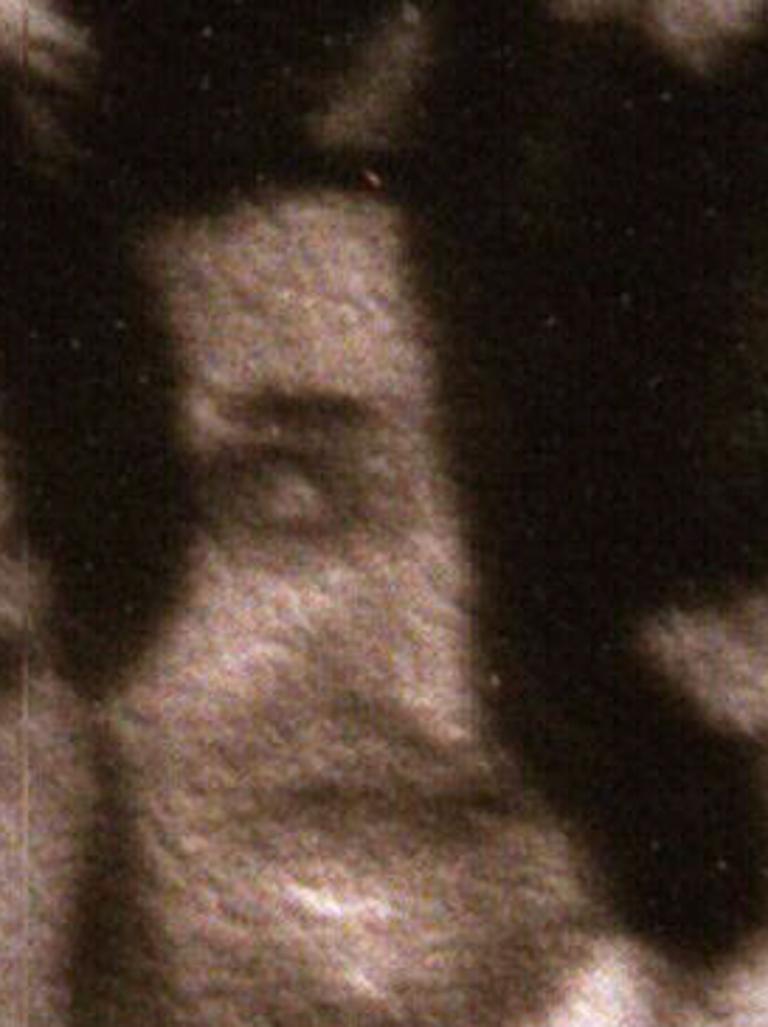
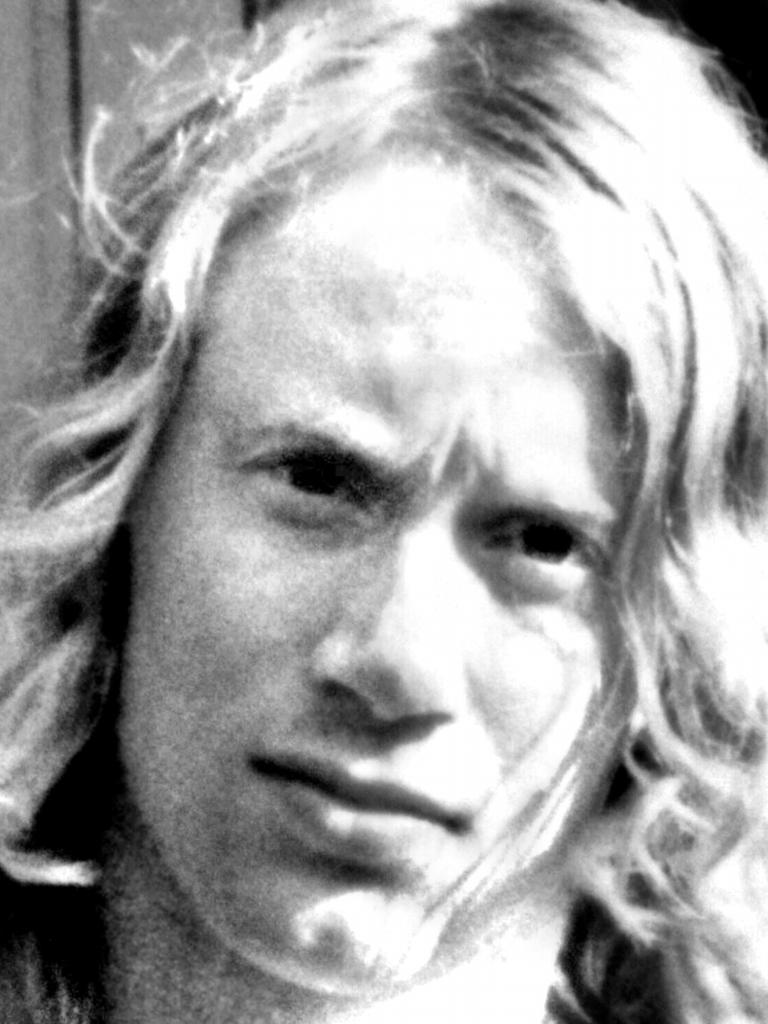
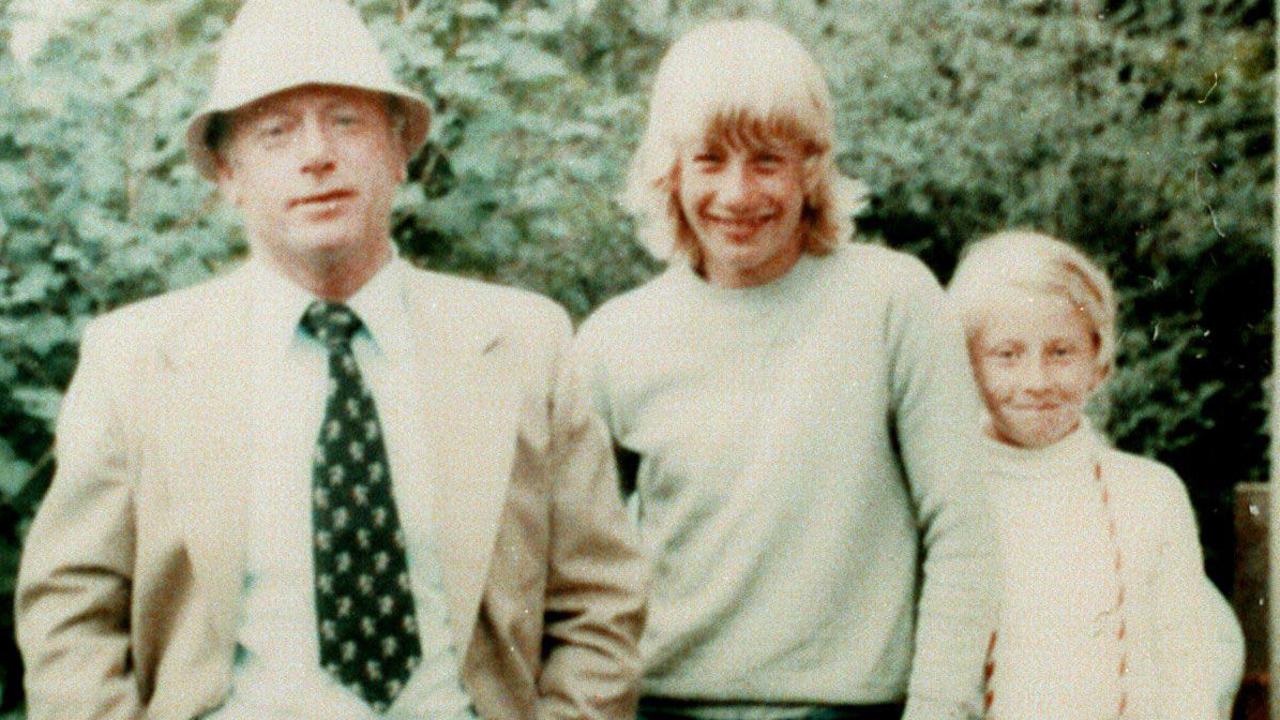
Officers scoured the four dams on the property and found Maurice’s body, face down, with a weighted diving belt around his neck in 4m of water.
A suicide note and a wad of several thousand dollars was found in a vehicle by police, who deemed the death “unnatural”.
Maurice, who left his son money in his will, was ruled to have committed suicide, but as had happened after Helen Harvey’s death, tongues wagged.
Bryant sold the farm and moved back to Clare Street, New Town.
He began conspicuously spending money, flying out on trips around Australia and the world.
A young woman would later recount how Bryant had approached her in London Airport and the strange man began acting in a “very sleazy, very intense” manner.
Then on the plane flight back to Australia, he had talked to everyone around him, being “too friendly”.
“He kept talking about money the entire trip. He talked about how much money he had, about his father dying and leaving him a lot of money.”
PORNOGRAPHY COLLECTION
In the Clare Street house, Bryant was amassing a pornography collection that included videos depicting acts of bestiality.
Despite clashes with some neighbours, who found him “odd” and “angry”, Bryant befriended some neighbourhood children.
But when he showed them some pornographic playing cards, their parents severed the connection forever.
In 1994, a young Hobart woman named Jenetta Hoani met Bryant via their mothers who attended the same church.
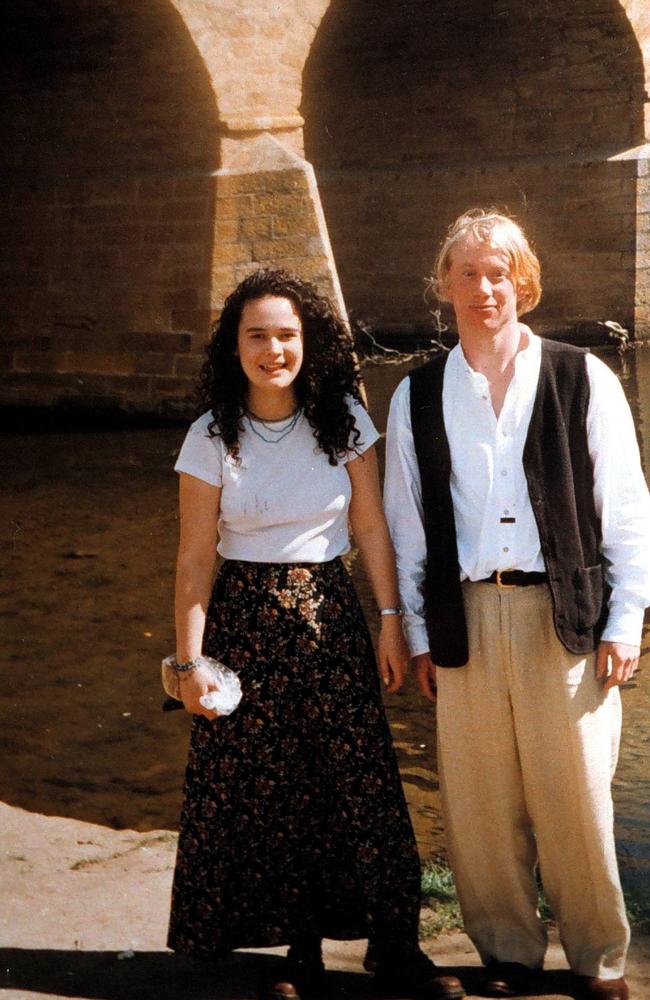
“He was very nice. Very, very, very nice, I thought he was too nice,” she said of Bryant who had driven Ms Hoani’s mother home, bought some ice cream for them and made a milkshake for Jenetta.
A week later, he invited her out to visit the historic convict township of Richmond, which is 25km northeast of Hobart.
Ms Hoani declined the offer, but when she next ran into him he seemed like a different person.
Bryant was wearing a bandana and a Bad Boys jacket, popularised by the 1995 action film starring Will Smith who reprised the role in the 2020 remake, Bad Boys for Life.
GIRLFRIENDS
“It was a huge shock because he looked so cool,” Ms Hoani later told News Corp.
“He seemed so different, so in touch.
“He had long blond hair, blue eyes. He had huge muscles and he was rich. I did like him a lot.”
They began seeing one another for what would be eight months and went on trips, to Sydney and elsewhere.
“He loved to go into shows and the show rides. He absolutely loved them, he’d just turn into a little boy.”
Jenetta said Bryant “could be so childish”, but he was also odd.
Ms Hoani said he shaved his chest to “look more like a woman” and brought back videos from a Scandinavian trip which featured bizarre sex acts between humans and animals.
More than 200 teddy bears and dolls were strewn through the Clare Street house.
Among the videos in his collection were the Nightmare on Elm Street series and Bryant’s favourite, Child’s Play 2.

Featuring the “evil” doll Chucky, the film’s plot is the doll comes to life and kills people.
“He loved Chucky and used to go on about it all the time,” Ms Hoani said.
“It comes to life and has to kill this boy so it can be real and then it just goes around killing all these people.
“There was a phrase in that movie that [Bryant] used to say, ‘Don’t f**k with the Chuck.’
“He used to get excited when he’d say that. He would think he was really cool.” Bryant booked a three-day trip to Surfers Paradise for the couple but three days before they were due to leave, he took her on a boating trip.
Bryant had bought a motorised Zodiac dinghy and spent thousands on new scuba diving and fishing gear.
They drove to a coastal camping ground near Hobart where Bryant insisted they go out on the water, despite the fact the weather had turned and it was rough and choppy.
Ms Hoani became frightened and begged him to slow down on the motor, but he refused.
She later said, “He’d go so fast and you’d see a look in his eyes … it was like he was going insane. no fear, absolutely none.”
The night before they were leaving for the Gold Coast, Bryant’s mother Carleen informed Ms Hoani that Bryant was “schizophrenic”.
Shocked, Jenetta nevertheless accompanied him to Surfers Paradise where they stayed at the Mirage, Sheraton.

ATTRACTED TO MEN
While there, Bryant acted strangely, paying special attention to the many blond male surfies they saw, saying “they looked nice, in a very unnatural way”.
He also threatened a female bar attendant who challenged Ms Hoani about her lack of ID.
When they returned to Hobart, Jenetta dropped him because he was “too weird”.
Thereafter, he kept on asking her out, but she declined.
He told her he had a gun, although she never saw one.
She knew he had difficulty maintaining relationships, saying “I know he had been dumped by a lot of girls.”
Jenetta Hoani would feel guilty that she had dumped him but said following the Port Arthur massacre, “I wasn’t surprised he’d done something. He’s not right.”
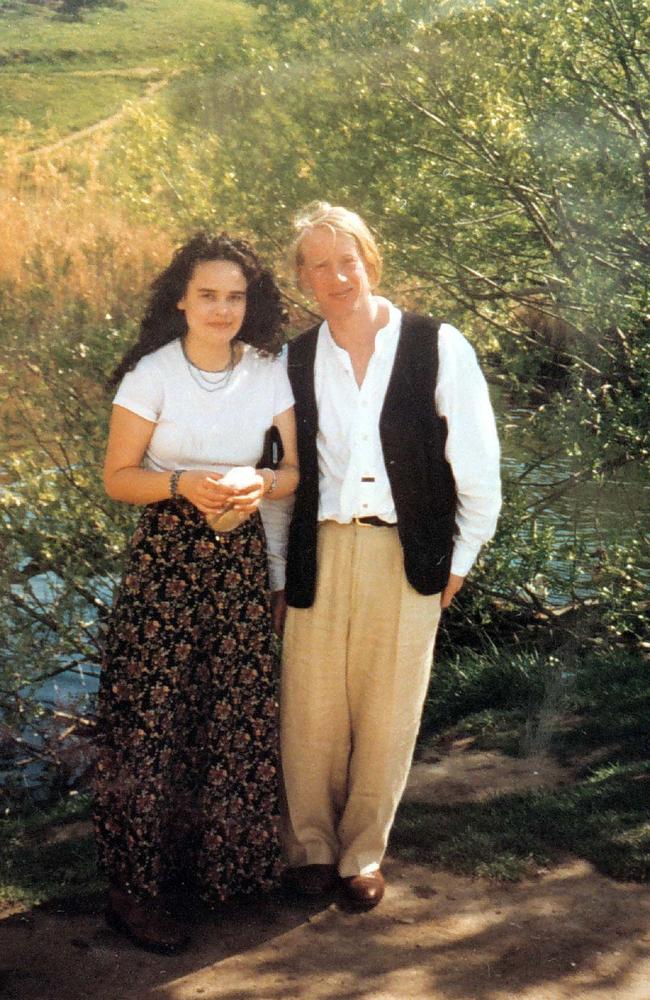
Neighbours and others noticed he had stopped dressing neatly in clean clothes, and had grown his hair and looked shabby.
Bryant was in fact trying to cultivate a new, surfer image spending more of the $650,000 he had inherited from Helen Harvey.
He bought clothes from trendy surfer labels, and cultivated his long blond hair.
He would cruise surfing spots and sit on the sand, but his expensive surfboard remained on the roof of his Volvo because he didn’t know how to ride it.
Having a girlfriend was important to Bryant, but keeping one was a challenge.
PLANNING A MASSACRE
A year before the shooting, he decided he’d “had enough” of his social isolation.
Ian Joblin, a forensic psychologist who studied Bryant among hundreds of homicidal offenders, said that in the year leading up to the massacre, Bryant was “pissed off”.
Professor Mullen, who studied Bryant at Royal Hobart Hospital in the days following the massacre, said Bryant had felt powerless and isolated.
Since Miss Harvey’s death he had felt “more people were against me”.
It was Professor Mullen who found that since he had been a child, Bryant had established a pattern of regaining control which he took “delight in and gained excitement from”.


Professor Mullen said this was probably “the struggles of a child who felt … helpless in the face of the demands of the world, and who sought to gain some sense of power and restore some sense of self esteem through ridiculing or hurting others”.
The deaths of Miss Harvey and Maurice Bryant stripped away his supports and made him again feel powerless with “ a desire to assert himself through the killing and maiming of others”.
In the months before the shootings, he had come to the conclusion he had no future, he would always be lonely and rejected and would be better off dead.
He began to consider suicide, then homicide.
People had failed to respond to him, and he felt, “I’d had a gut full.”
About ten weeks before the massacre, Bryant began what would be his final relationship with a girl.
In February 1996, Bryant began dating 20-year-old Petra Wilmott, a shy horticulture student he met after advertising for a part-time gardener.
He would become the young girl’s first boyfriend and the rich blond “surfer” would stand out on his visits to the Wilmott home in the Huon Valley, southwest of Hobart.
During their short relationship, Bryant would make Petra drive them to car crash scenes so he could get his kicks.
He was always “looking for action” and would get “bored” if he couldn’t get it.
“He didn’t have many friends. He was gentle and kind and he’d look after me,” she later said.
Bryant was increasingly watching his violent videos.
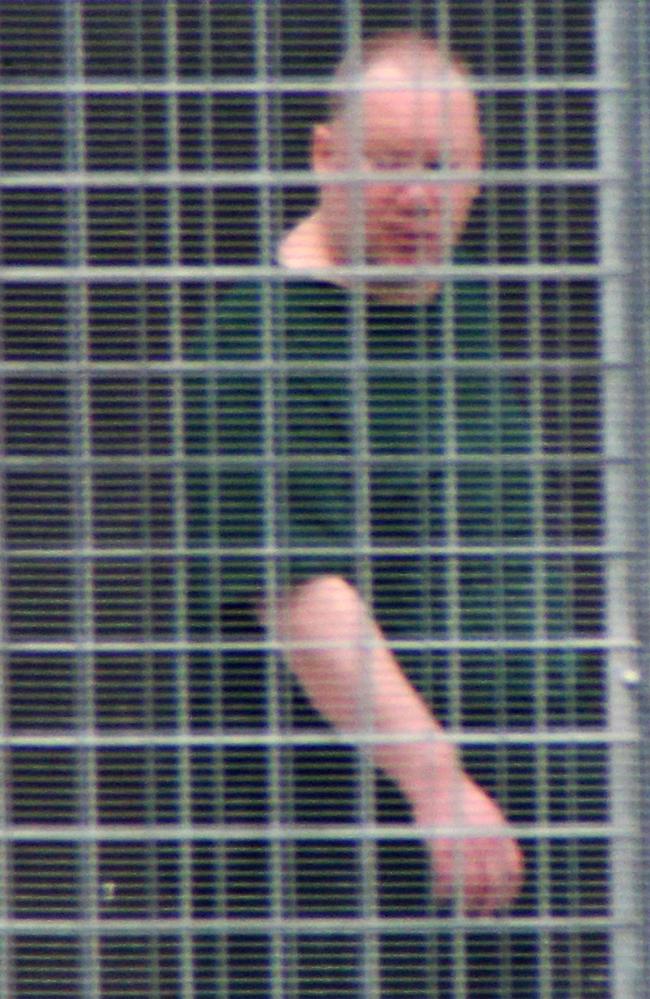
COUNTDOWN TO TRAGEDY
In the weeks before the massacre, Bryant was seen fishing off the jetty at Carnarvon Bay.
He bought an AR-15 assault rifle from the shop Gun and Ammo in New Town.
On April 15, Bryant bought a Prince brand sports bag from a shop after measuring it and telling the shop assistant it must have strong handles to carry ammunition.
A week before Anzac Day near Port Arthur, he remarked to someone, “There’s a lot of Jap tourists out here today.”
On Thursday, April 25, 1996, Petra and Bryant went to historic Richmond, where he asked a shopkeeper about how busy it was there on Sundays.
But it seems he had already fixed on Port Arthur, later telling Professor Mullen he had it set in his mind to “go down and kill the Martins and kill a lot of people”.
David and Sally Martin had known the Bryants when Martin Bryant was a child.
Their horses had been agisted on the Bryants’ property and it was only a perceived slight – that they had bought the 1.6ha property his father had once desired for him – that Martin Bryant held against them.
The Martins had developed a 78-year-old homestead named Seascape Cottage as a popular bed and breakfast a short drive north of Port Arthur.
On the evening of Saturday, April 27, Bryant and Petra had dinner in his mother Carleen’s house and then went out to Regines, the disco in Hobart’s Wrest Point casino.
He told Petra to go home to the Huon Valley because he had something to do on the Sunday.
At 6am, his alarm went off and he loaded his yellow Volvo, still topped with his unused surfboard, with his blue Prince bag.

Inside were three firearms, two of them semiautomatic, and 1500 rounds of ammunition.
He also loaded handcuffs, rope, a hunting knife and containers of petrol.
He drove off towards Port Arthur.
Between 11am and midday, two different witnesses heard the sound of gunshots coming from Seascape Cottage.
At 12.40am, Martin Bryant left Seascape, locking the door and walking to his car with the keys.
At 1.25pm, he parked his car in the tourist site carpark and walked to the Broad Arrow cafe.
At 1.30pm, he entered and bought lunch, taking it outside to eat on the veranda, remarking to other diners “there are a lot of WASPS. Not a lot of Japs here”.
He finished eating and picked up his blue bag and walked back into the cafe where he placed it on an empty table in the northeast corner.
He took out his AR-15 and pointed it at Malaysian couple, Sou Leng Chung and Moh Ye William Ng and shoots them dead.
The Port Arthur massacre had begun.




